Architectural Conflict and Urban Invention
Architecture is the product of the conditions and dilemmas that bind it. It represents not an absolute, but constructs a terrain wherein that which is construed and imagined can be en-acted. Through its materiality and spatial configuration it not only structures thought and action but also situates a work within the greater crucible of cultural production and consumption. Collectively seen, along with the spaces in between, architecture’s greatest contribution to civilisation is undoubtedly the City1.
Rahoul B. Singh
Never before has the world seen such a high degree of urban migration and urbanisation. For example, between 1990 and 2015, the world’s population grew from 5.3 billion to over 7.3 billion, a figure that is projected to grow to 9.7 billion by 2050,2 thus making it imperative to form an understanding of the City as both a conduit and a receptacle for a notional past as well as an imagined future.

The imagined terrains and the negotiated geographies that determine an urban imagination and inform the experience of a city is a condition based on the existence of a large heterogeneous population, a physical space that has evolved in response to social and cultural conditioning and the means of communicating an urban experience. Collectively, these act as an impetus for the city’s population to create new futures, a condition that was otherwise unprecedented.3 This condition further creates ‘terrains of conflict’, spaces that exist at the confluence of different imaginations, the amalgamation and juxtaposition of which creates a hybrid that simultaneously draws from and contributes to the creation of a trans-historical and geographical urban palimpsest.
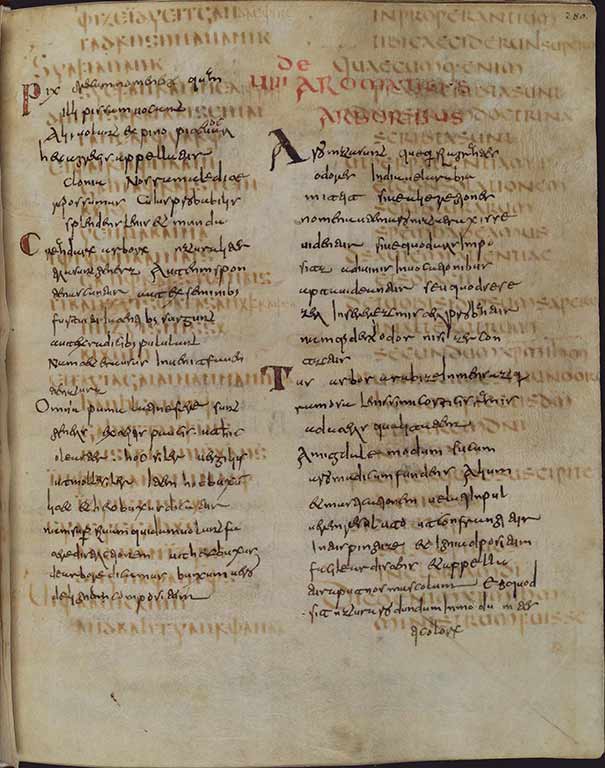
As both a physical manifestation of past acts of inscription and erasure as well as a cognitive construct of points of reference and imaginations, the palimpsest creates the ‘terrains of conflict’ wherein that which is experienced is mutually, momentarily manufactured between the city’s inhabitants. The coexistence of mutually negotiated dependencies as manufactured by inhabitants of a city collectively gives rise to a web of connectedness and interconnectedness that delivers products and services at the point of its consumption.
For example, Mumbai’s Dabbawallahs collect, organise and reorganise themselves at each nodal point of deliverance. They stitch together a city by providing and instilling agency in an otherwise ‘conflict’ ridden environment. Lunch tiffins (dabbahs) are delivered across the city’s geographies through a decentralised system of self-organising modules that challenges the notion between centre and periphery, between urban and peri-urban.4
Similarly, through the act of bifurcation and reunification, 20th century Berlin’s history has been a terrain of conflict. Differing political, social, economic and spatial imaginations have combined to create a space that simultaneously oscillates between an erstwhile peripheral terrain for East and West Berlin and a central space for a re-united city.
The simultaneity of conditions of peripherality and centrality, between scars of past narratives, remnants of earlier histories and the exigencies of present-day challenges, opportunities and interventions have led to an urban experience that is now increasingly negotiated and fragmented.
The Berlin experience epitomises what is now largely a global experience. Access to information connectivity and the manifestations of big capital have displaced and dissipated the notion of the self. Social interactions, whether virtual, real or imagined, are now episodic and simultaneous.
As a defining characteristic of the 21st century city, episodic urbanism exists at the confluence of a heterogeneous population residing in differing geographies and occupying differing notions of time. Collectively, the physicality of the city acts as a catalyst for the enactment of zones of conflict (differing imaginations) and their subsequent portrayal and consumption as ‘bite-sized nuggets’ of representation.
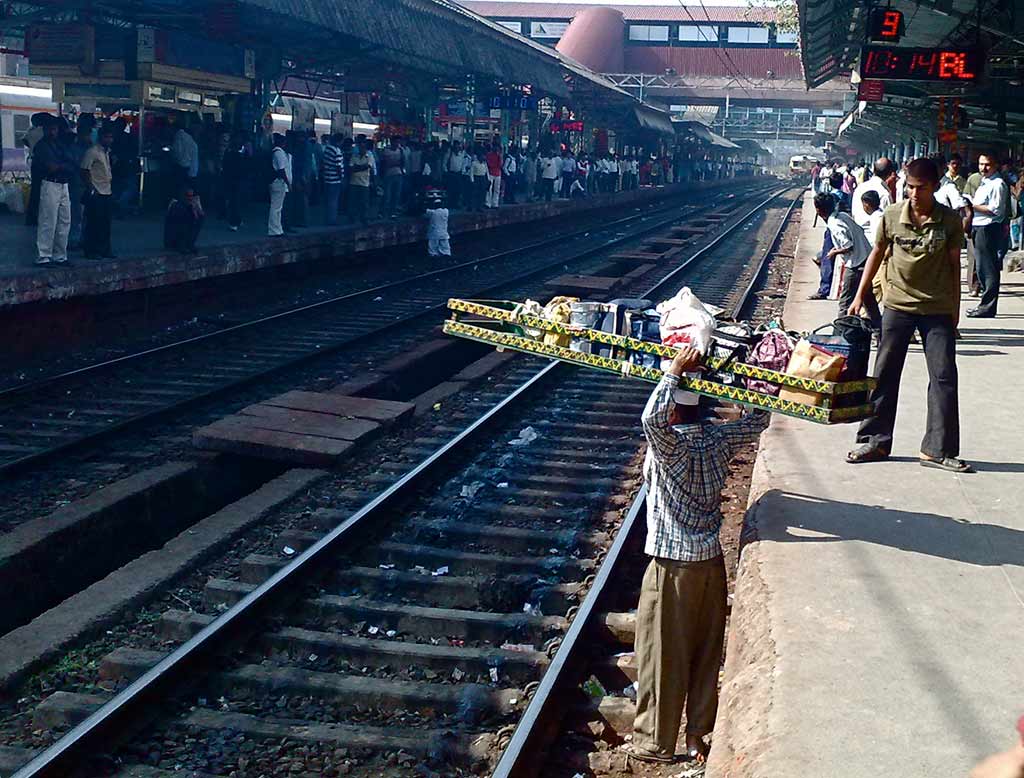
The cultural crucible within which this occurs is part of a lager trans-historical continuity that is centred both in the lineage of the past and the inventive opportunities of the present. Oscillating between moments of great invention and moments of consolidation, collectively they define the levels of elasticity within a city’s resilience.
Viewed as part of a larger conservation project,5 this dichotomy represents architecture’s middle ground it embraces the twin concepts of resilience and invention as a form of development. And while it seemingly places greater emphasis on the receptacle of the accrued or accumulative past, it acknowledges that the development of a cultural basin is as much an act of inscription as it is the prevention of erasure.
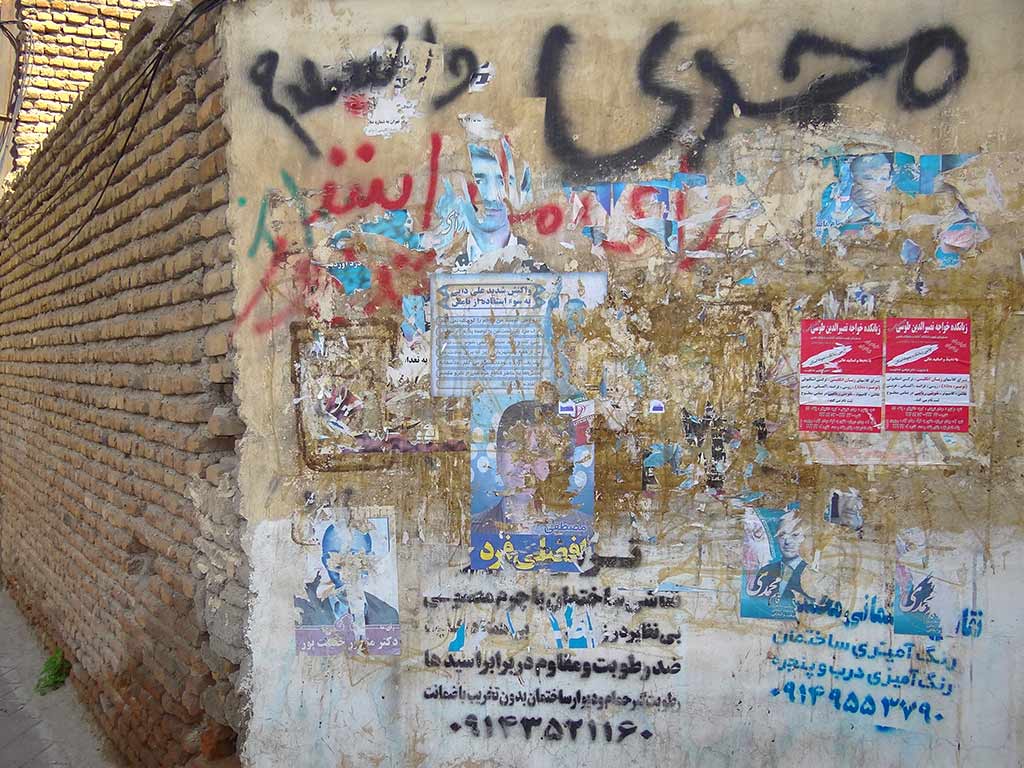
The ‘conservation project’ as an agent of continuity and change within the city is an aggregator of the manifestations of the imaginations of the city. Fed as much by an individual’s understanding of the city, as by the conflicts enacted by differing imaginations of it, the ‘conservation project’ is increasingly affected by the production and consumption of information.
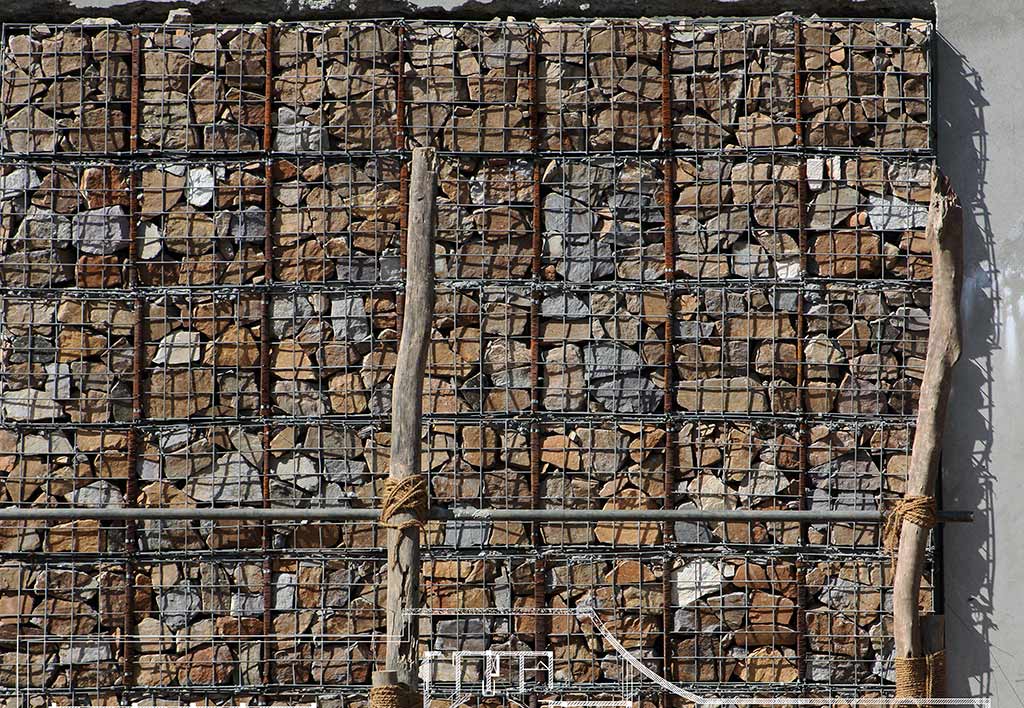
For example, with the Internet and social media as a preferred source of information and news for many,6 past search histories feed a complex algorithm to present to us a highly curated set of text and images. Simultaneously, self-organising and decentralised (much like Mumbai’s dabbawallahs), it too stitches together a narrative that challenges the dichotomy between centrality and peripherality. Akin to an echo chamber, such systems create microcosms through which we experience the world and define our experience of it.
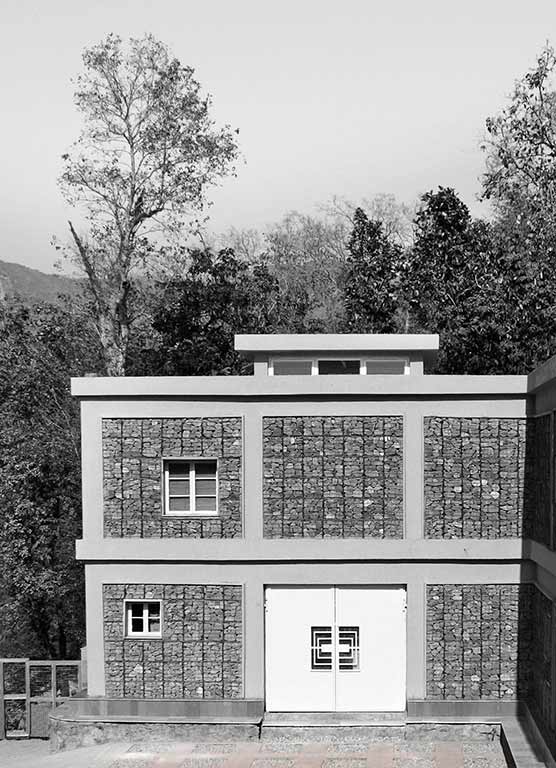
As a point of practice, its locale as the confluence of terrains of conflict represents a space wherein any intervention is marked by ‘difference’. As a mediating factor within an episodic system, it perforce asserts itself in a kintsugian7 relationship with the context within which it is situated.
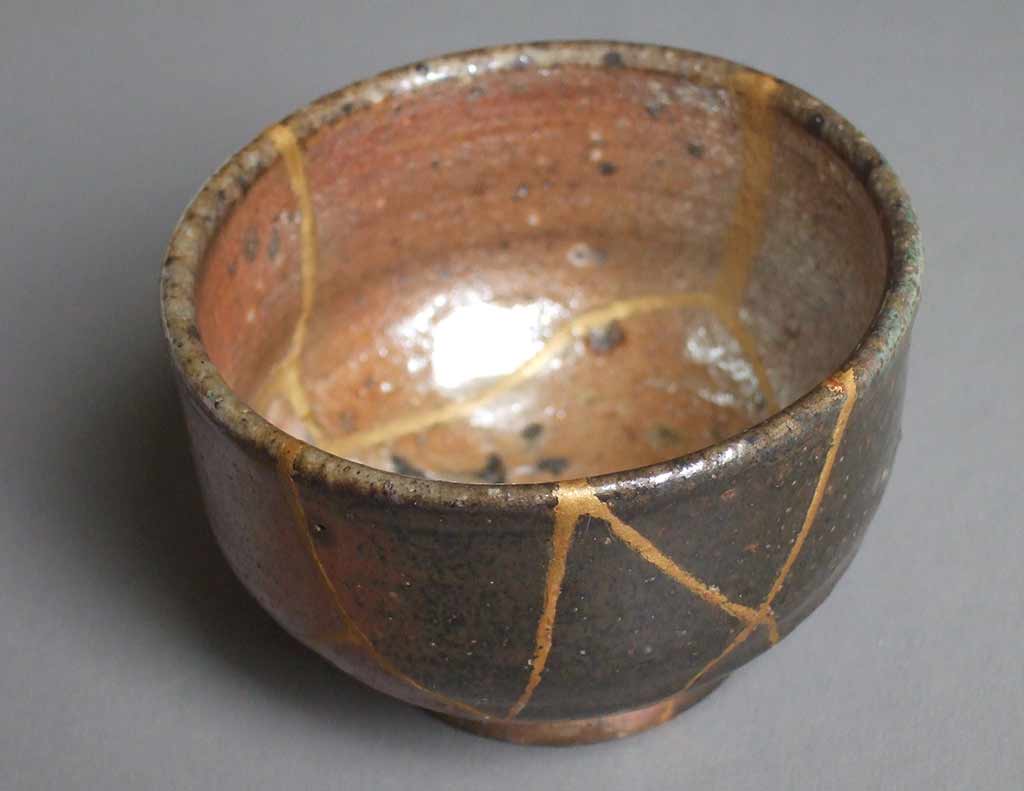
Characteristically dynamic and location-specific, such interventions are marked by the articulation of the dilemmas that bind it. The ‘conflict’ as represented by the differing imaginations that engage with it are manifested through the dynamism of the construct. For example, in the wall detail the ‘rust’, a material typically associated with decay, serves as the characteristic feature in binding the gabion boxes together. It articulates the effects of a weather system on the joint between two adjacent galvanised boxes and their stone infill. It documents time and articulates dilemma.

The imagined terrains and negotiated geographies that exist between construct and construed is a terrain marked with the differing imaginations that challenge the idea of what history previously considered stable and absolute. Such confrontations at the confluence of differing imaginations inevitably lead to conflict as an agent for invention.
______________________________________________________________________________
#1 – Singh, Rahoul B. “Architecture, Resilience and the Articulation of Urban Dilemmas”. In Carola Hein (ed.) International Planning History Society Proceedings, 17th IPHS Conference, History-Urbanism-Resilience, TU Delft 17-21 July 2016. V.07 p.064 TU Delft Open, 2016
DOI: http://dx.doi.org/10.7480/iphs.2016.7.1338
#2 – United Nations Department of Economic and Social Affairs, Population Division, World Population Prospectus: The 2015 Revision Produced by the United Nations Department of Public Information.
URL:http://www.un.org/apps/news/story.asp?NewsID=51526#.VwJwr3hrqfQ
#3 – Singh, Rahoul B. “Architecture, Resilience and the Articulation of Urban Dilemmas”. In Carola Hein (ed.) International Planning History Society Proceedings, 17th IPHS Conference, History-Urbanism-Resilience, TU Delft 17-21 July 2016. V.07 p.064 TU Delft Open, 2016
DOI: http://dx.doi.org/10.7480/iphs.2016.7.1338
#4 – The lunch tiffin is often delivered from sub-urban Mumbai to more “central” Mumbai. However, the organization of the delivery process is such that each “dabbawallah” acts both an aggregator (center) and distributor (peripheral) of each tiffin.
#5 – I use the term “conservation project” in that it encompasses within it both the opportunities for continuity and the necessity for change.
#6 – Approximately, 40% of Americans get their news from Facebook.
#7 – Kintsugian, kintsugi – is the Japanese art of repairing broken pottery with lacquer dusted or mixed with powdered gold, silver, or platinum. As a philosophy, it treats breakage and repair as part of the history of an object, rather than something to disguise.
(https://en.wikipedia.org/wiki/Kintsugi)
Share